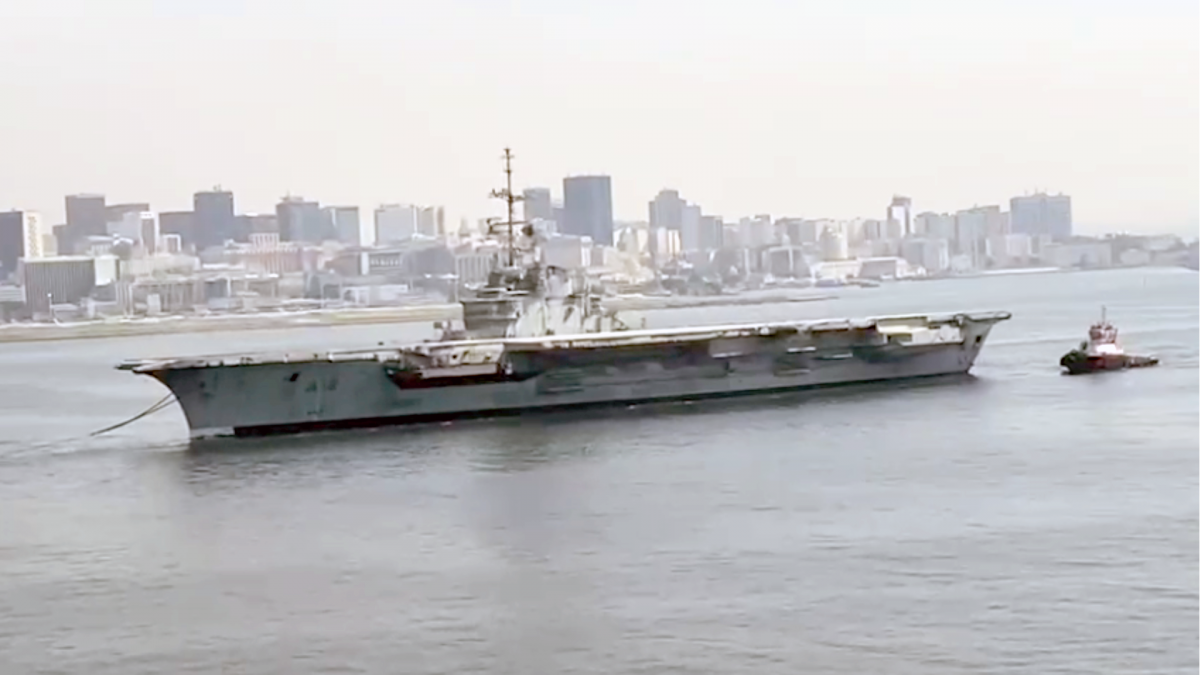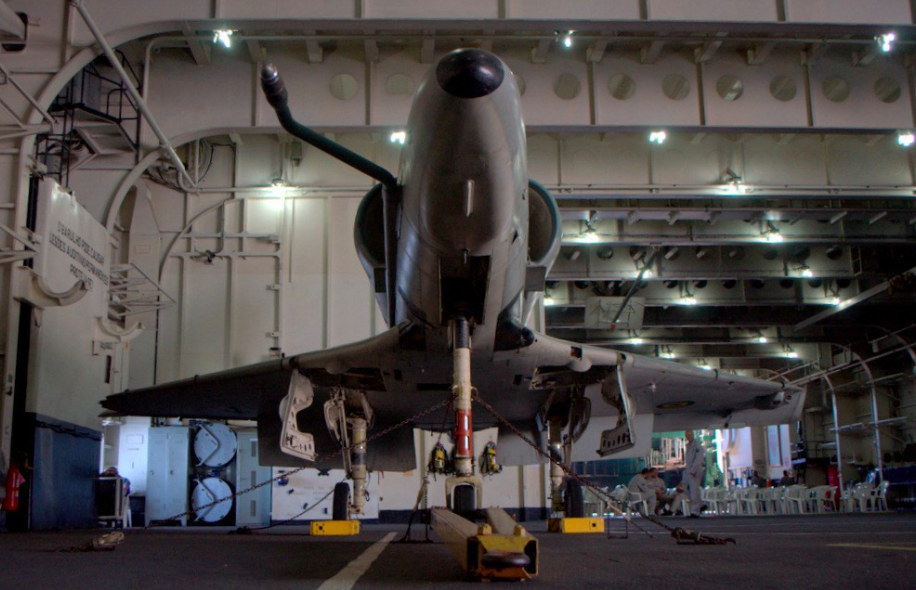The hull of the old aircraft carrier São Paulo has been moving through the Atlantic waters for the last five months, no longer as the proud flagship of the Brazilian Navy but as floating scrap that no port wants to receive at its facilities.
By precautionary decision of the federal judge Ubiratan de Couto Marinho, the hull of the former Foch, the name by which it was known in the National Navy, was prohibited from docking in the port of Suape due to health and/or environmental risks and even the danger of abandonment of the ship or its sinking in the port area, seriously detrimental to maritime navigation operations.

On August 5, the ship left Rio de Janeiro bound for Turkey, where it would be dismantled, but navigation was interrupted in the vicinity of Gibraltar, the gateway to the Mediterranean, forcing it to return to Brazilian waters, where the matter was prosecuted implicating the Turkish company that bought the hull, Sok Denizcilik Ve Ticarest Ltd Sti, the company that operates the tug, MSK Maritime Services & Trading, the Turkish Government and international organizations.
PRESENCE OF ASBESTOS
According to statements by naval experts, the hull of the old aircraft carrier may contain up to 10 tonnes of asbestos, a highly carcinogenic substance, as well as heavy metals that can emit some type of radiation.
This scenario became even more unfavorable when the National Federation of Port Operations (Fenop) positioned itself against the berthing of the São Paulo aircraft exporter in the Port of Suape, alleging that it is unfeasible to use so many operational berths for the berthing of ships without operational participation.
The Port of Suape has five commercial berths, two of them exclusively for the movement of containers. In the entity’s evaluation, the scrapped hull would occupy the surface of four berths, leaving only one for the rest of the port’s operations.
This could congest port operations for the time needed to maneuver, repair the hull and get it back out to sea. For Fenop, the possible negative effects of this operation for the region’s economy are unacceptable.

WAITING FOR THE COURT DECISION
MSK Maritime Services & Trading, the company responsible for transporting the former São Paulo aircraft carrier, is still waiting for the resolution of the Brazilian authorities to find a definitive solution to the transport, since it is necessary to change the tug crew, among other administrative and operational needs.
The Social Communication Center of the Brazilian Navy informs that the hull is located in a maritime zone on the coast of the state of Pernambuco, in order to verify the integrity of the hull and the buoyancy and stability conditions by a salvage company (Salvage Master), which will be hired by Sok Denizcilik Ve Ticarest Ltd Sti.
This position, in Brazilian jurisdictional waters, is geostrategically favorable for the procedures related to the reestablishment of the export process, which is the responsibility and is being carried out by the winning company of the auction, together with the Brazilian Institute of Environment and Renewable Natural Resources (Ibama) and the Turkish environmental agency, as provided for in the Basel Convention.

With information from Infodefensa

